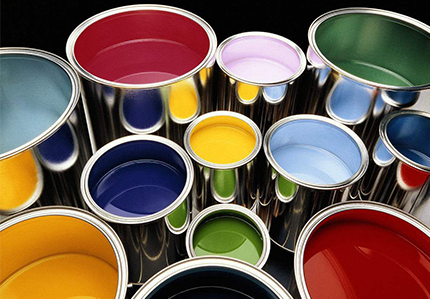-
Products
Acetoxy Silanes Acyl Silanes Alkoxy Silanes Amino Silanes Antimicrobial Silanes Chloro Silanes Chloroalkyl Silanes Cyclosiloxanes Epoxy Silanes Fluoro Silanes Hydrogen Silanes Isocyanate Silanes Mercapto Silanes Orthosilicates Oximino Silanes Phenyl Silanes Silazanes Siliconates Siloxanes Special Silanes Sulfur Silanes Thiocyanato Silanes Ureido Silanes Vinyl SilanesAmino Silicone Fluids Alkyl Alkoxy Modified Silicones Dimethyl Silicone Fluids Dimethicone Crosspolymer Epoxy Silicone Fluids Fluoro Silicone Fluids Hydroxy Silicone Fluids Hydrogen Silicone Fluids Phenyl Silicone Fluids Polyether Modified Silicones Silicone Emulsions Siloxane Masterbatch Siloxane Powder Silicone Gum Blends Vinyl Silicone Fluids Volatile Silicone Fluids
- Applications
- Support
- Blog
- About Us
- Contact Us
 English
English 日本語
日本語 한국어
한국어 français
français Deutsch
Deutsch Español
Español italiano
italiano русский
русский português
português العربية
العربية tiếng việt
tiếng việt